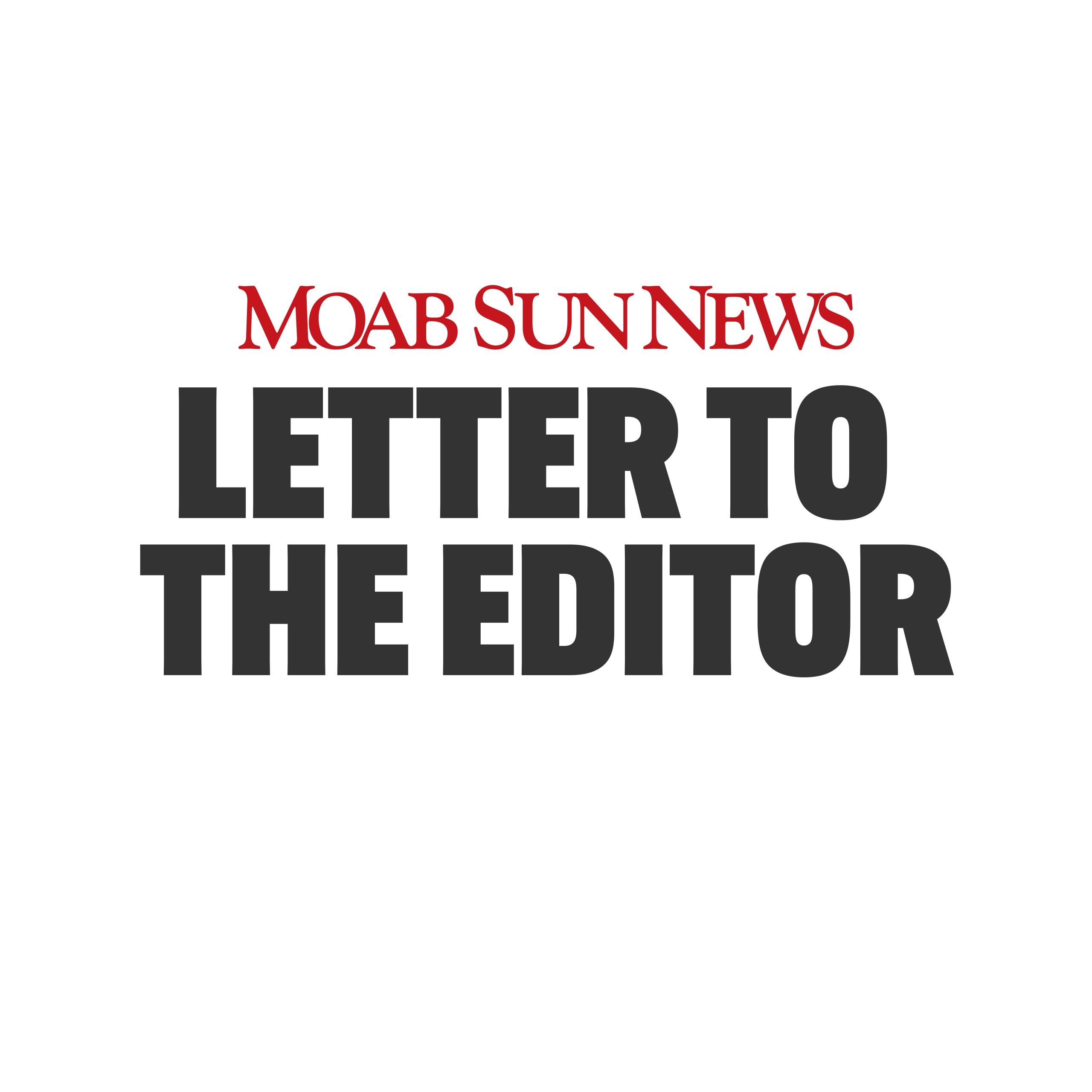Some information may be outdated.
I am writing to encourage locals to participate in the following process: This month, the Moab Bureau of Land Management office opened a public comment period to evaluate designated roads for the Labyrinth Rims/Gemini Bridges Travel Management Area (TMA) northwest of Moab. This process, which has been years in the making, gives public lands users the opportunity to give their opinion on how our local BLM lands are managed in regards to designated driving routes, the separation of motorized and quiet recreation areas, and the protection of precious riparian zones and river corridors.
As you can see on the BLM’s Planning Site, the public is invited to comment on four different potential futures for the management area, which spans from the edge of Labyrinth Canyon east to Highway 191, and from the town of Green River south to the border of Canyonlands National Park. These alternatives give us a spectrum of management approaches: from leaving the area with a vast spider-network of roads blanketing the desert and canyon rims to an alternative that makes several targeted decisions to close duplicative motorized routes and protect other resource and recreation values in the Green River corridor, wildlife habitat, and near natural springs.
I strongly advocate for the adoption of Alternative B, the alternative that would best balance the needs of all user groups, wildlife, and our natural places. As we have struggled to maintain quality of life and quiet neighborhoods in Moab, the same imbalance has affected our public lands. For too long, the BLM has allowed motorized recreation on a poorly-designed road system, the remnants of mid-century miners driving willy-nilly across the desert.
These roads are not a well-planned recreation system. They follow streambeds, disrupting fragile ecosystems. They offer redundant routes to the same viewpoint or landmark when one would suffice. They disrupt the quiet peace of floating the Green River in Labyrinth Canyon by allowing motors along eight miles of the river’s edge.
I understand the concerns that some motorized users have with Alternative B–even though the variation from the current status quo is minimal, there are still changes. However, motorized users (and any other group!) are not entitled to a monopoly use of our public lands. Think of it not as taking away access but, instead, rebalancing the scales ever-so-slightly so that everyone can enjoy these areas and the land itself (and the wildlife that depends on it) can survive for a long time to come.
This is a once-in-a-decade opportunity for the BLM to initiate pragmatic solutions and ensure our local public lands are properly managed to sustain this resource into the future. Please join me in encouraging the BLM to make the balanced choices necessary.
Julianne Waters
Moab
Appreciate the coverage? Help keep local news alive.
Chip in to support the Moab Sun News.



